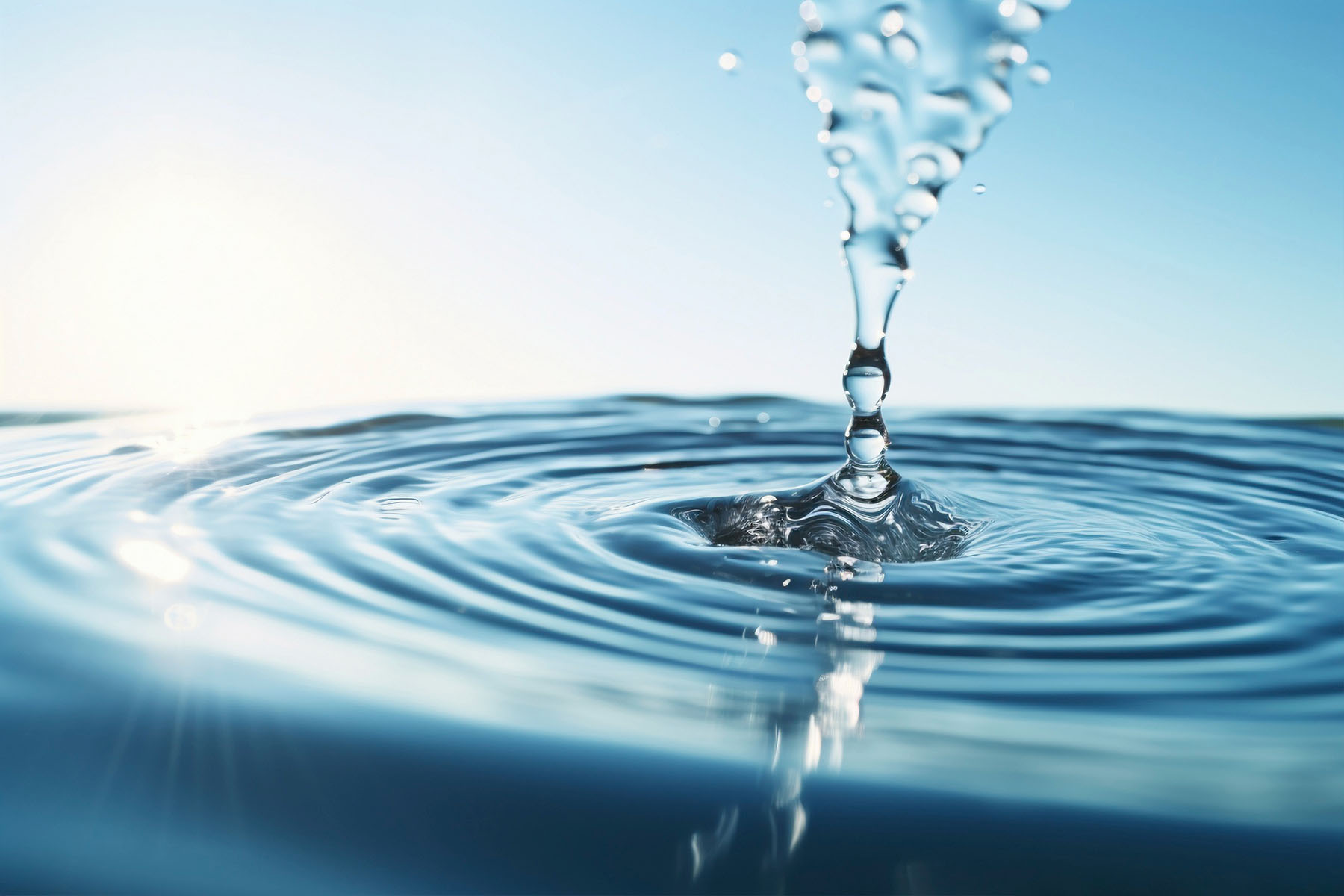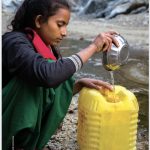
What are the Stages and Benefits of Water Treatment Clean?
Besides getting clean water naturally, it can also be obtained by processing it first. Companies or parties that carry out this water treatment will try to produce clean water in accordance with appropriate standards.
From raw water sources, aliases that have not been treated, there is a possibility that bacteria, viruses, chemicals, pollutants, and other dangerous particles can be contained that can cause disease. Therefore this water treatment process is important to do.
We will discuss the standard stages usually carried out in the clean water treatment process. What are the stages in question?
1. The process of adding alum (coagulation)
The first stage of the water treatment process generally begins with the coagulation process. This process is carried out by adding alum or liquid aluminum sulfate to water that is still raw or has not been processed.
When added, the resulting mixture will eventually make the impurities in the water experience clumping.
Next, the dirt that blends will form large clumps called flocs. The floc size, which tends to be large, will then be removed through filtration.
2. Precipitation Process
After the coagulation process, then there is the deposition process. So after adding alum which produces floc, the water flows into a sedimentation tank or reservoir. The large flocs are left at the bottom and then settle in this process.
3. Screening Process
The filtering stage follows the next clean water treatment process. At this stage, the water will pass through a filter that removes particles previously combined with water.
The filters generally used are made of a collection of gravel, anthracite, and sand. With these materials, the filtering process can remove floating dirt.
Usually, this filter or filter device undergoes regular cleaning with the backwashing method. By cleaning it regularly, the filtering process can remain effective.
4. Disinfectant Administration Process
After being filtered, the resulting water that no longer has particles will be disinfected. This disinfection process is generally carried out before water enters the distribution system.
The purpose of this disinfectant is to destroy bacteria, viruses, and parasites in the water that can cause disease. Apart from using disinfectants, chlorine can also replace this process with the same function to eradicate germs.
5. Sludge Drying Process
Then there is also the sludge drying process. As the name implies, this process occurs when solids that were previously removed from the water in the settling and filtering process are transferred to the drying lake.




